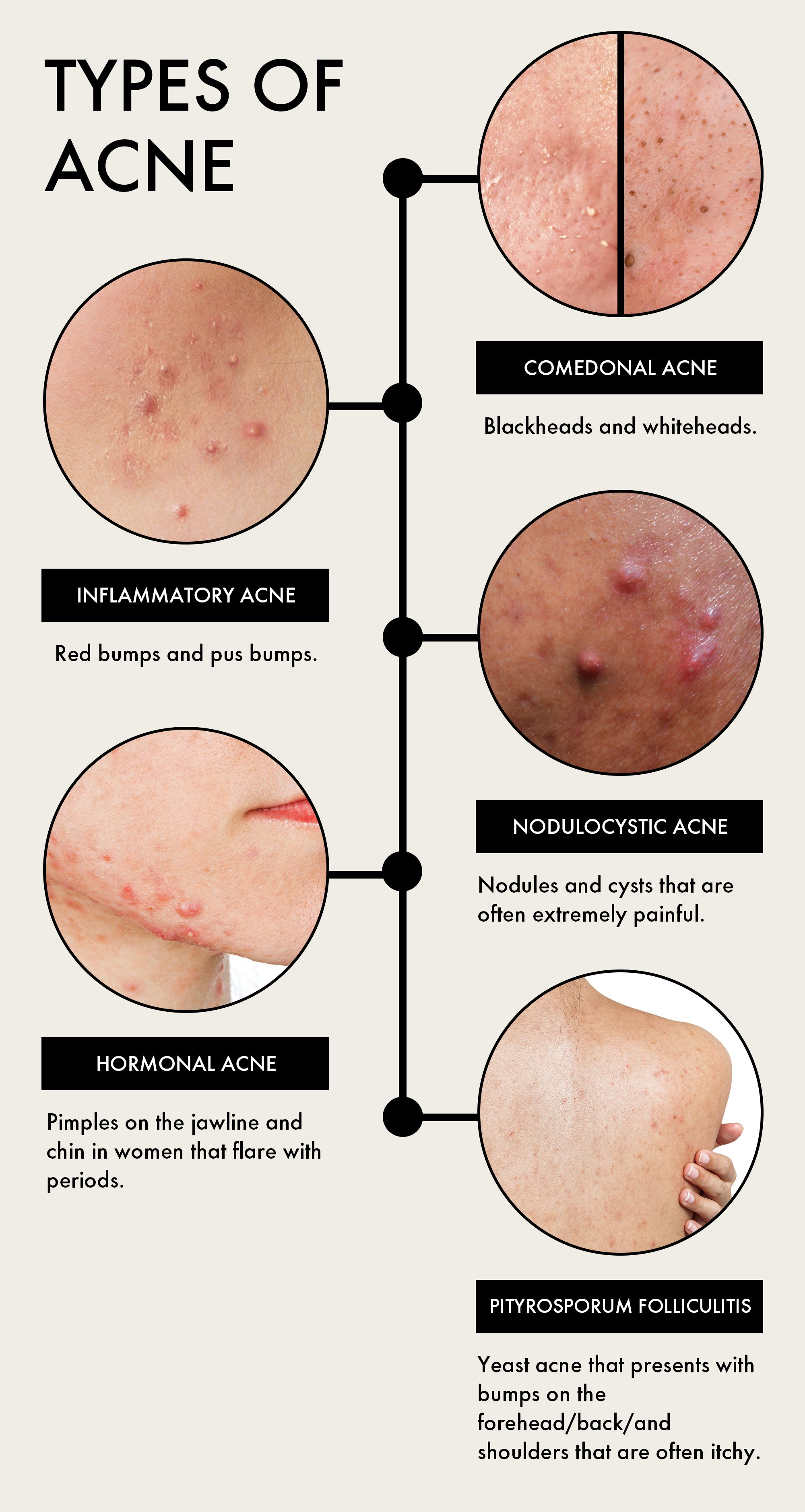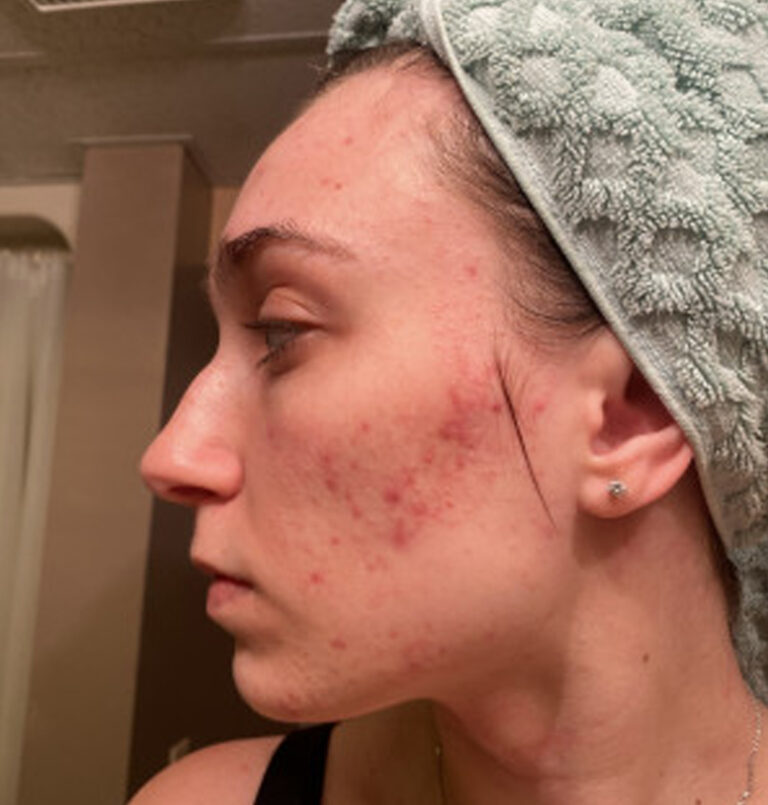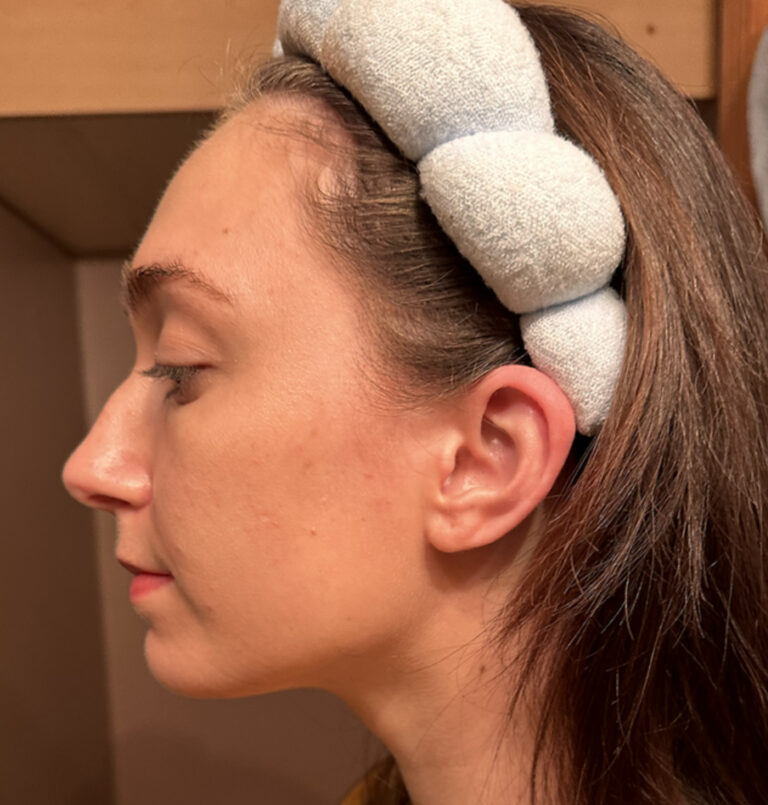Acne Treatment In Poughkeepsie NY, Fishkill NY and New Milford CT
Acne can be a source of physical discomfort and emotional distress, whether it develops during adolescence or adulthood. It is a common skin disorder that affects both men and women to varying degrees. At The Art of Skin Dermatology, we offer effective and long-lasting treatment for acne by utilizing advancements in dermatology. Contact our practice today for a comprehensive approach to acne and other skin conditions.
Common Types Of Acne
There are two primary types of acne, each with its own subcategories, and they can be caused by factors such as heredity, hormones, lifestyle, personal hygiene, and certain foods. While blackheads and whiteheads are the most common forms of acne, it is possible to have multiple types. Schedule a skin care appointment with our dermatologists to learn more.
Non-Inflammatory Acne
Non-inflammatory acne can often be treated with over-the-counter medications containing salicylic acid, glycolic acid, and topical retinoids. These treatments help reduce oil production and remove dead skin cells, preventing the formation of blackheads and whiteheads. Thorough cleansing is also important in preventing these types of acne. In some cases, pimple extraction and in-office acne treatments may be necessary.
- Microcomedone: Microcomedones are tiny acne lesions that are not visible to the naked eye. They occur when the sebaceous duct and pore become blocked with excess oil and dead skin cells. All types of pimples start as microcomedones, and treatment involves reducing excess oil and regular exfoliation to prevent the buildup of dead skin cells.
- Blackheads: Blackheads are formed when dead skin cells and oil accumulate within the hair follicle. They appear as open comedones and can be seen on the skin’s surface. Attempting to manually extract blackheads is not recommended, as it can worsen the condition.
- Whiteheads: Whiteheads are round, white bumps that occur when a pore becomes clogged with oil, dead skin cells, and debris. They are covered with a thin layer of skin and are soft to the touch. Treatment involves reducing excess oil and dead skin cells.
- Milia: Milia, or hard closed comedones, are round bumps with apparent whiteheads. They are common in the eye region and are caused by the accumulation of dead skin cells and oil. Dermatologists can manually extract milia plugs from the skin.
Inflammatory Acne
Inflammatory acne is caused by a combination of bacteria, sebum, and dead skin cells. It starts with comedones and can range from mild to severe forms of acne. It commonly occurs on the face, back, chest, and shoulders. Treatment usually involves medication and professional care.
- Papular Acne: Papular acne begins as a microcomedone and is characterized by inflammation and tenderness. Minor cases can be treated with spot treatments and over-the-counter products, while severe cases may require prescription medication.
- Pustular Acne: Pustular acne, also known as pimples or zits, is a red, inflamed blemish filled with pus, oil, and debris. It can be more severe than whiteheads and requires treatment by a dermatologist.
- Nodular Acne: Nodular acne is a severe form of acne that causes large, painful, and inflamed breakouts. It affects deeper layers of the skin and can appear on various parts of the body. Treatment is necessary to prevent scarring and further spread.
- Nodulocystic Acne: Nodulocystic acne, or cystic acne, is a severe form of inflammatory acne that presents as nodular breakouts and cysts. It is painful and can result in scarring. Prompt treatment by a dermatologist is essential to prevent permanent skin damage.
How To Prevent Acne
To prevent acne, it is important to be mindful of the ingredients in makeup and facial products. Avoiding sun exposure and maintaining a healthy diet and exercise routine can also help. Keeping the skin clean and reducing stress levels are additional preventive measures.
Be Mindful Of Ingredients
Take Care of Your Skin with Mindful Ingredient Choices. When choosing makeup and facial products, it’s important to be mindful of the ingredients they contain. Look for terms like “non-comedogenic,” “oil-free,” and “won’t clog pores” on the packaging. Avoid products that contain mineral oils and other ingredients known to cause acne. At the end of each day, make sure to thoroughly cleanse your face and remove all makeup and facial products. If you notice a breakout, try to use makeup sparingly or avoid it completely until your skin heals. Our dermatologists can provide you with a list of safe ingredients for your skin and recommend suitable skincare products.
Avoid Sun Exposure
Exposure to UV rays can worsen acne inflammation and redness, leading to prolonged breakouts. It can also cause hyperpigmentation, which can make acne scars more noticeable. To avoid these harmful effects, our dermatologists recommend wearing sun protection every day. Apply a broad-spectrum sunscreen with an SPF of 35 or higher at least 20 minutes before sun exposure, and reapply throughout the day.
Focus On Diet & Exercise
Eating a diet rich in fresh fruits and vegetables is not only good for your overall health but also for your skin. Avoid dairy products and foods high in sugar, as they can trigger acne in some individuals. Contrary to popular belief, exercise can actually help control acne by reducing stress levels. After a workout, make sure to shower or bathe to remove excess oils, perspiration, and pollution that can irritate the skin.
Keep Your Skin Clean
To take care of acne-prone skin, it’s recommended to wash your face twice a day and bathe or shower once a day. Use a mild facial cleanser and regularly replace washcloths or face towels to prevent the transfer of bacteria. Avoid using hot water and harsh cleaning agents, as they can irritate the skin. Cleanse your skin immediately after activities that cause sweating and increased oil production.
Reduce Stress
Studies have shown that stress can have negative effects on the body, including an increased risk of health issues like cancer and immune system deficiencies. When it comes to acne, stress can worsen breakouts and make them more severe and long-lasting. It’s important to find ways to reduce stress in your life, such as practicing relaxation techniques or engaging in activities that bring you joy.
Benefits Of Dermatologist Acne Treatments
At The Art of Skin Dermatology, our team has extensive experience in managing and treating various types of acne. Our dermatologists can accurately diagnose skin disorders that may resemble acne but require different treatments, such as rosacea. While over-the-counter acne medications can help control some types of acne, they don’t address the underlying causes, such as bacterial infections. Our dermatologists can create a personalized treatment plan tailored to your specific needs, using a combination of methods and techniques to provide relief for your skin.
 Acne is another word for pimples or bumps that you get mostly on your face, but can also occur on your neck, chest, back and shoulders. According to the American Academy of Dermatology, acne is the most common skin condition in the U.S., affecting up to 50 million Americans annually.
Acne is another word for pimples or bumps that you get mostly on your face, but can also occur on your neck, chest, back and shoulders. According to the American Academy of Dermatology, acne is the most common skin condition in the U.S., affecting up to 50 million Americans annually.


